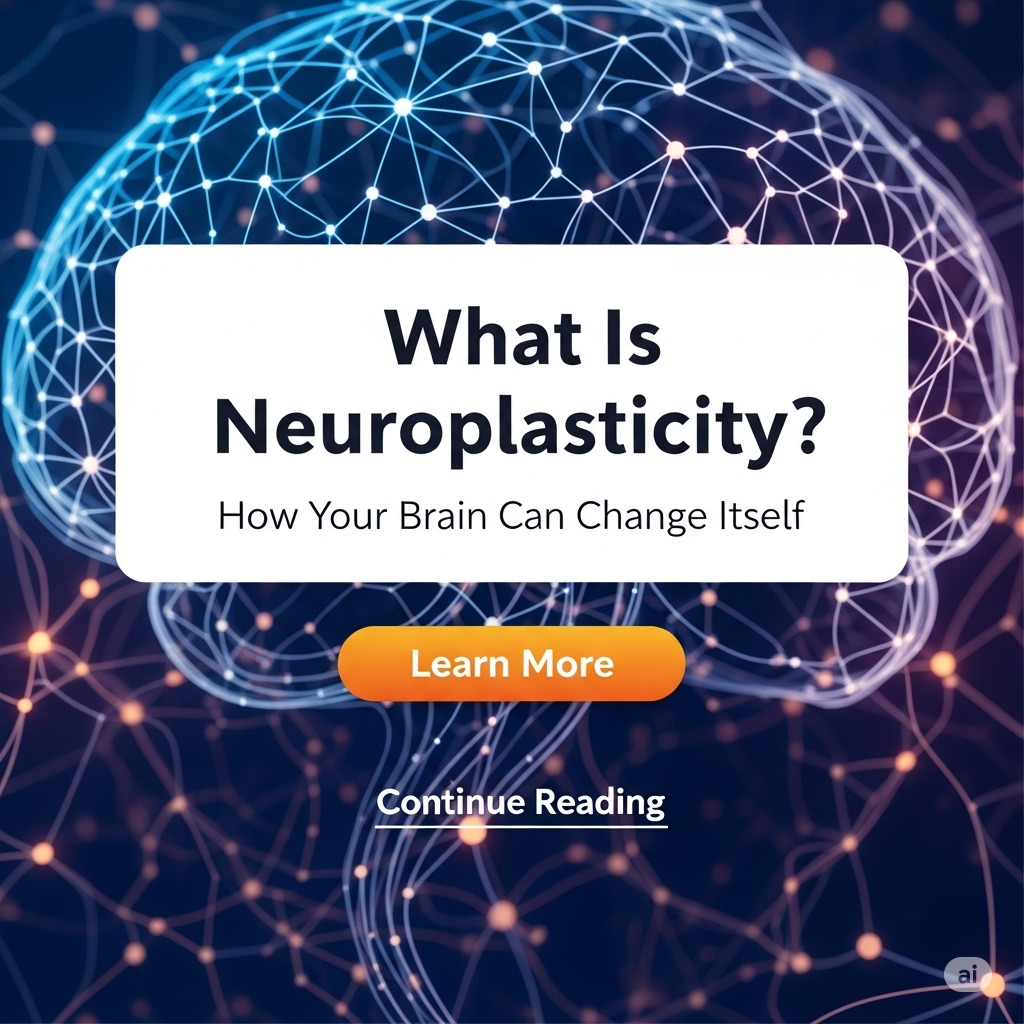Neuroplasticity is not just a scientific term — it’s a revolutionary truth. It means your brain isn’t fixed. It’s fluid. It’s a dynamic organ capable of change, adaptation, and growth — no matter your age or experience.
For decades, scientists believed the brain was hardwired by early adulthood. Habits were fixed. Personalities set. But research in the last 20 years has shattered that myth. We now know the brain is constantly rewiring itself, pruning old connections and forming new ones in response to thoughts, behaviors, emotions, and even intentions.
This isn’t just fascinating — it’s empowering.
It means:
- Trauma doesn’t have to define you.
- Emotional patterns can be unlearned.
- New skills can be developed well into your 80s and beyond.
- Your identity is not fixed — it’s still unfolding.
In practical terms, neuroplasticity explains why meditation can reduce anxiety. Why visualization affects real-world performance. Why gratitude can reshape neural pathways linked to stress. You’re not just thinking differently — you’re structurally altering your brain.
And there’s no deadline. Studies show seniors who engage in mentally challenging activities show measurable increases in cognitive function. Children can recover from strokes. Adults can heal from PTSD. The brain responds — if we know how to work with it.
Think of it like this: your brain is not a computer. It’s a garden. And every thought, every practice, every repeated focus is either planting something new or nourishing what’s already growing.
So the real question becomes:
What kind of garden are you tending?
Tomorrow’s self is being shaped today. And the science of neuroplasticity gives you the tools to shape it intentionally.





